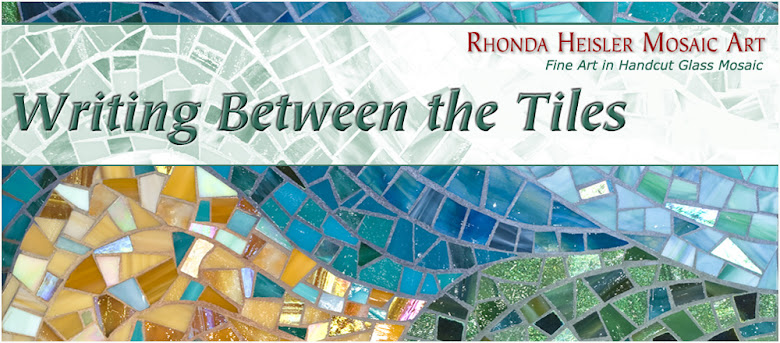I recently returned from a trip to Los Angeles
where I had a chance for the first time to visit The Getty Center and the
Norton Simon Museum (in nearby Pasadena). Actually, it was quite an
art-intensive trip, with additional stops at the Santa Barbara Museum of Art and
time spent visiting some interesting contemporary galleries in the Bergamot
Station area of Santa Monica.
Many art aficionados have made the pilgrimage
up the hill with sweeping views of L.A. to the Getty Center, designed with
modernist precision by architect Richard Meier. The museum and art research and
conservation center opened in 1998 to house the vast art collection of oil
billionaire J. Paul Getty. (Another Getty museum in Malibu concentrates on
treasures from ancient Greece and Rome.) It was a gorgeous day, sunny and crisp,
and as tempting as the art was, we found the setting—with its dazzling
architecture, landscaped plazas, and shallow fountains, and carefully designed
gardens—as much a draw as the art. http://www.getty.edu/
 |
| Scene from the Getty Center campus |
As much as I enjoyed the permanent collection,
of which we saw only a fraction, the highlight of the afternoon, at least for
me, was the temporary exhibition, Pacific
Standard Time, highlighting modern art in L.A. between 1945-1980. (The PST installation
at the Getty was just one of several contemporaneous shows covering this period
at museums across Southern California.) Happily, there was a strong emphasis on
materials-based work throughout the show, and I was fascinated to see how
artists coming out of CalArts and other California conservatories, inspired by new
technologies and post-WW2 materials (like silicone, plastics, space-age ceramics,
and slick paints), advertising images, the car culture, and a feeling for
unlimited space, made groundbreaking large-scale work that bore little
resemblance to what was going on in NYC during the same period. So cool.
 |
| Poster for Crosscurrents, the PST installation at The Getty Center |
Two days later, we drove to Pasadena to spend a
day at the Norton Simon Museum. This collection, too, reflected the taste of a
single individual: California industrialist Norton Simon, who came to
appreciate and collect art only when he reached middle age. But by then he had
the fortune to support his appetite, and his appetite was legendary. He
specialized in European (14th to 18th centuries) and
American art (19th and 20th centuries), and his vast
wealth enabled him to acquire only the best in every category. In 1964 he
bought the historic Duveen Brothers Gallery in NYC—lock, stock, and barrel—to
get his hands on its storied holdings. At the end of Simon’s life (he died in
1993), he expanded his focus to include South and Southeast Asian art,
and these pieces became an important feature of the collection. An exquisite
sculpture garden with works by Rodin, Henry Moore, Maillol, Picasso, and others
rounds out the visitor experience.
 |
Approaching the entrance to the Norton Simon Museum, past a casting
of Rodin's The Burghers of Calais |
I have to say that spending the day making my
way through this lovely museum, with its spacious, well-lit galleries,
accompanied by an excellent audio guide, has been one of the great pleasures of
my art-loving life. I cannot wait to return and spend time in the Asian
galleries. The paintings are simply superb: early European masters like Memling
and Bellini; 17th-18th century greats like Rembrandt
(there are three!), Zurburan (including a magnificent still life with strong religious overtones), Tiepolo, Rubens; the most significant collection
of Impressionist and post-Impressionist work on the West Coast, including a vast
array of work by Degas; and an impressive showing of 20th century
Modernism, including masterpieces by Picasso, Giacometti, Calder, Jawlensky,
Kandinsky, Brancusi and others.
The painting that made my heart stop filled the final gallery on the main floor, a gigantic Sam Francis multi-panel
abstract installation known as the Basel Murals. The scale, luminous color, and
energy of these paintings is beyond my power to describe. It seemed to me something that could only have been painted by a Californian. For a taste of what I
saw, click here:
In a state of euphoria after spending time with
the Francis, I literally floated into the museum store just before closing,
where I happened upon a Dutch book on Japanese patterns. My creative juices
were flowing, so it was easy to be swept away by this delightful book, filled
with Japanese-inflected imagery suggested by the natural world. Suddenly I
could envision a multi-panel mosaic featuring an assortment of these patterns
across a multi-panel format in the style of a Japanese folding screen. My next mosaic
project took shape in my mind’s eye.
Have you ever entered an unfamiliar art museum, encountered something extraordinary there, and emerged transformed, with a deeper understanding of something essential? Please share your experience.








.jpg)







.jpg)

